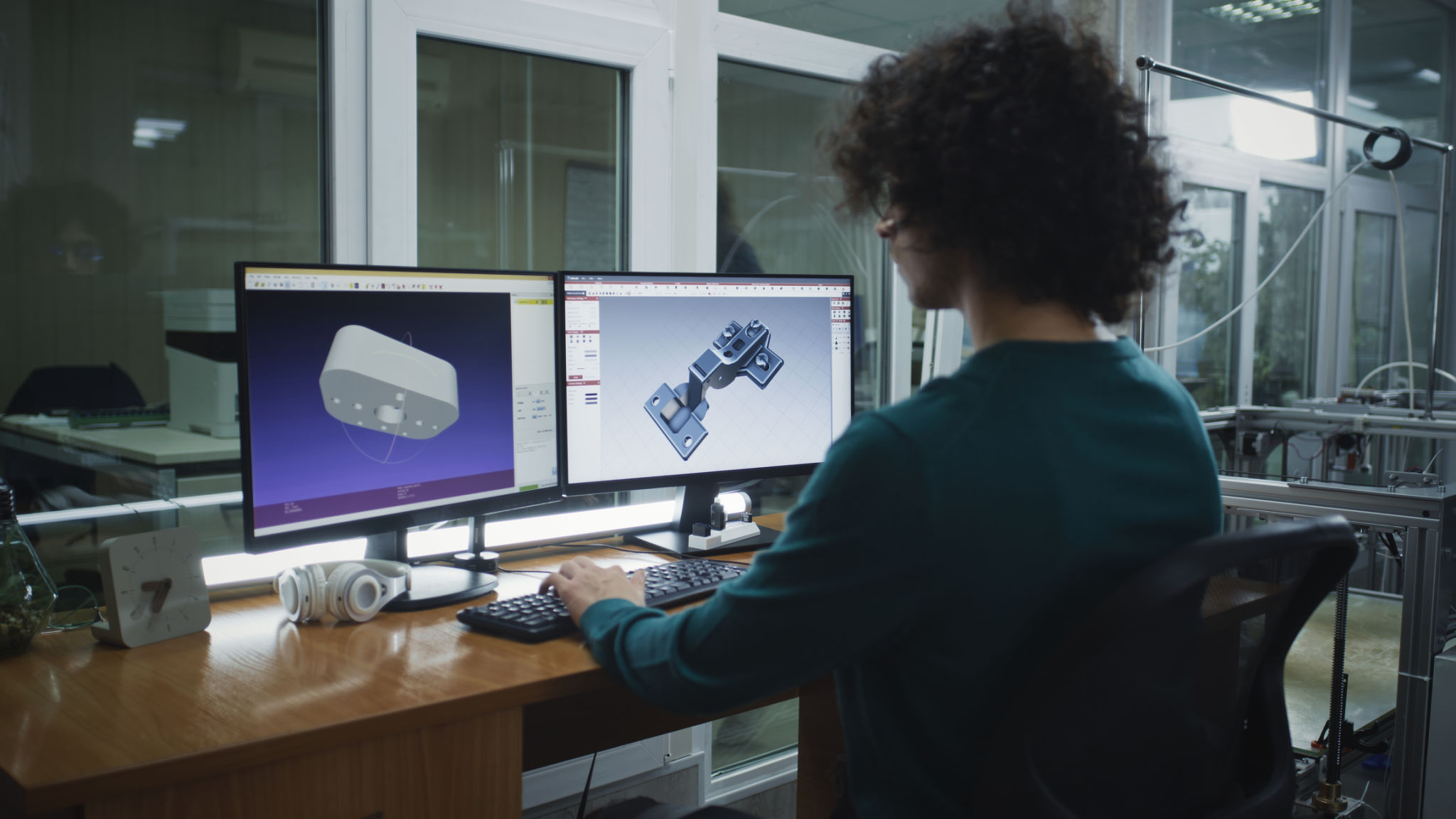Common Myths About 3D Modeling Services Debunked
Understanding 3D Modeling Services
In today's rapidly advancing technological landscape, 3D modeling services play a crucial role in various industries, from entertainment to engineering. Despite their growing significance, several myths about these services continue to persist. It's time to address some of these misconceptions and shed light on the realities of 3D modeling.
One common myth is that 3D modeling is only for large corporations with substantial budgets. In reality, businesses of all sizes are increasingly leveraging these services for diverse applications such as product design, architectural visualization, and marketing. The accessibility of 3D modeling has improved significantly, making it a viable option for small and medium-sized enterprises as well.

The Cost Factor
Another widespread misconception is that 3D modeling is prohibitively expensive. While it's true that high-end projects can require significant investment, the costs have decreased over the years thanks to advancements in technology and increased competition among service providers. Today, businesses can find cost-effective solutions tailored to their specific needs without compromising on quality.
Moreover, the return on investment from utilizing 3D modeling can be substantial. Businesses can benefit from enhanced product visualization, reduced prototyping costs, and improved marketing strategies that leverage realistic 3D renderings to attract customers.

Time Consumption and Complexity
A common myth about 3D modeling is that it is a time-consuming and overly complex process. While creating detailed models does require expertise, modern tools and software have streamlined the workflow considerably. Professional 3D modelers utilize specialized software that allows for efficient model creation and editing, reducing the time required to complete projects.
Additionally, many 3D modeling services offer quick turnaround times by employing skilled teams that can handle multiple projects simultaneously. This means that even complex designs can be completed in a timely manner without sacrificing quality.

Applications Beyond Entertainment
Many people still associate 3D modeling solely with the entertainment industry, particularly in game development and animation. However, its applications extend far beyond just entertainment. Industries such as architecture, healthcare, automotive, and manufacturing are increasingly adopting 3D modeling for purposes like virtual prototyping, surgical simulations, and architectural visualizations.
These applications demonstrate the versatility of 3D modeling and its potential to transform various sectors by offering innovative solutions that enhance efficiency and creativity.
The Myth of Limited Creativity
Another misconception is that 3D modeling limits creativity due to technical constraints. On the contrary, 3D modeling provides artists and designers with a plethora of tools to bring their visions to life in ways that traditional methods often cannot. The technology allows for precise control over shapes, textures, and lighting, enabling creators to experiment with new ideas and push the boundaries of their craft.
By embracing 3D modeling, creators can explore complex concepts and deliver projects that are not only innovative but also visually stunning.

Conclusion
As we've debunked these common myths about 3D modeling services, it's clear that this technology offers numerous benefits across various industries. From cost-effectiveness and accessibility to versatility and creativity, 3D modeling has become an indispensable tool for businesses looking to innovate and grow.
By understanding the true potential of 3D modeling services, businesses can make informed decisions that leverage this powerful tool to enhance their operations and achieve their objectives.
